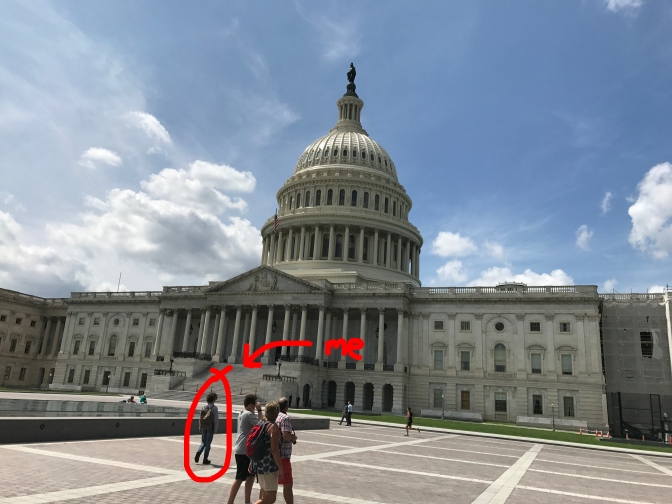July 19th, 2018
Okay, well, I broke the rule I made up about not posting until later today. I’m weak. Shoot me.
The Senate filibuster is an interesting parliamentary manoeuvre because it enshrines the rights of the minority party in the U.S. Congress to be included in the legislative process. Unlike in the House of Representatives, where the majority party can force legislation through without consulting the minority party, in the Senate, you in practice require 60 votes, rather than the usual 50%+1 required in other legislatures, to pass business.
Why is that? It’s because the Senate rules don’t place a limit on how long a Senator can speak. The Senate prides itself on being a great deliberative body, but the issue here is that if the Senator can keep speaking, there can’t actually be a vote on anything. As a result, if one person just decides to stand up and talk about last night’s episode of Love Island, there’s not a thing anyone in the room can do to stop them.

Except there is: a motion of cloture. A motion of cloture is essentially a fancy legislative procedural term for telling someone to shut up and let’s please just get on with it; if someone’s been speaking for the last hour and a half, it’s about time we just vote on this and be done with it. The issue, however, is that a motion of cloture requires, according to the same aforementioned Senate rules, “three-fifths” of the Senators to agree. The Senate currently has 100 members – thus, 60 votes are required. Parties usually, unless hugely popular, don’t get enough members on their own to pass the motion of cloture and perform what’s called “breaking the filibuster” – the last time a party did was in 1975, when the Democrats expanded their control of the body during the Gerald Ford era – which means, in order for the majority party to get anything done, they need to reach across the aisle.
That is, of course, unless you’re Mitch McConnell, and you really, direly want to make Neil Gorsuch a Justice of the Supreme Court. Rule changes only require a simple majority of Senate votes, meaning under the plan McConnell managed to get through, only 50%+1 of the Senate was required to pass nominations for the Supreme Court (the Senate is responsible for confirming the President’s choices for Supreme Court nominations, which is a different article entirely). The ease with which this rule was passed means theoretically the filibuster could be removed with a simple procedural action. Neither party has risked taking this chance yet, though; while it means easier legislation in the short term because they don’t have to transact with the other side, it also means they risk locking themselves out of the room where it happens if the other party takes over the majority later. So far, both parties are willing to trade off making things easier for insuring themselves against being made irrelevant if things go south later.
In short, that’s vaguely how it works. The entire cache of Senate arcana is considerably more complicated but is, again, a question for another article.
– Harry Gowland